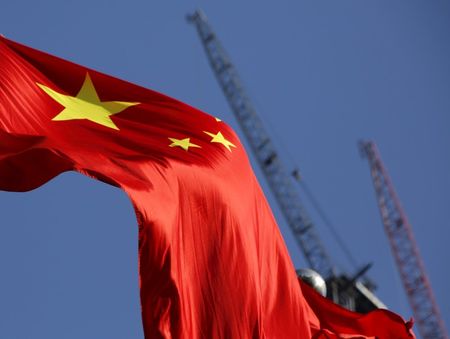India's foreign exchange reserves declined by USD 1.18 billion to USD 695.49 billion in the week ended July 18. This marks the third consecutive week of decline, according to official data released by the Reserve Bank of India (RBI). In the last week under review, the country's foreign exchange reserves had declined by USD 3.06 billion to USD 696.67 billion.
Foreign currency assets, a major component of the forex reserves, declined by USD 1.201 billion to USD 587.609 billion in the week ended July 18, which is possibly the main reason for the decline in forex reserves.
On the other hand, Gold reserves, another key component of foreign exchange reserves, recovered impressively after last week's decline and rose by USD 150 million to USD 84.499 billion, after falling by USD 498 million in the previous week.
India's special drawing rights (SDRs) with the global financial institution, the International Monetary Fund (IMF), declined further by USD 119 million to reach USD 18.683 billion.
Central banks around the world are increasingly accumulating safe-haven gold in their foreign exchange reserves, and India is no exception. The share of gold held by the Reserve Bank of India (RBI) in its foreign exchange reserves has almost doubled since 2021.
In 2023, India added about USD 58 billion to its foreign exchange reserves, compared to a cumulative drop of USD 71 billion in 2022. In 2024, the reserves grew by a little over USD 20 billion and touched an all-time high of USD 704.885 billion at the end of September 2024.
India's foreign exchange reserves (forex) are enough to meet 11 months of imports and about 96 per cent of the country's external debt, Governor Sanjay Malhotra said while announcing the decisions of the Monetary Policy Committee (MPC).
Foreign exchange reserves, or FX reserves, are assets held by a country's central bank or monetary authority, primarily in reserve currencies such as the US dollar, with smaller portions in the euro, Japanese yen, and pound sterling.
To prevent a sharp fall in the rupee, the RBI often intervenes through liquidity management, including selling dollars. The RBI strategically buys dollars when the rupee is strong and sells it when it is weak.
With the inputs of ANI

 4 hours ago
1
4 hours ago
1





















 English (US) ·
English (US) ·